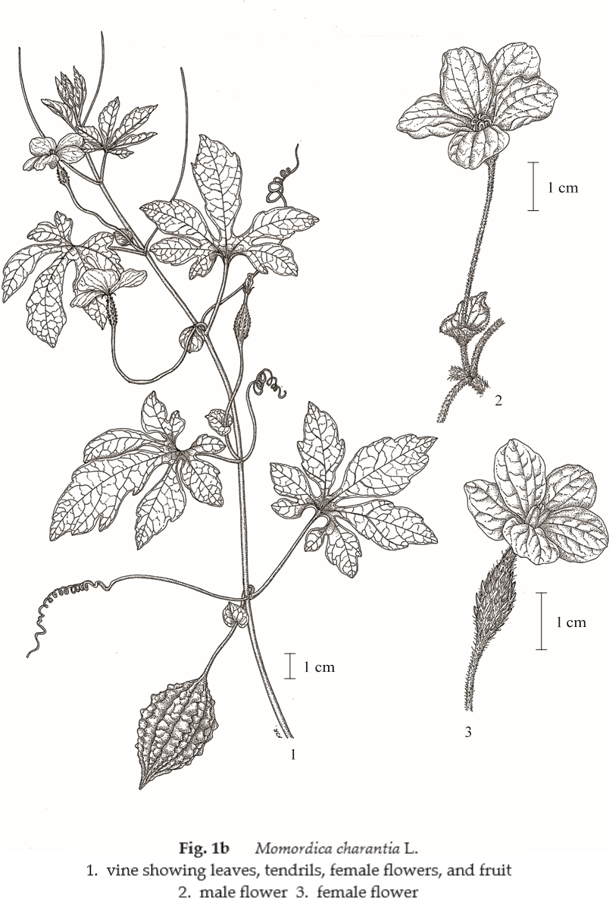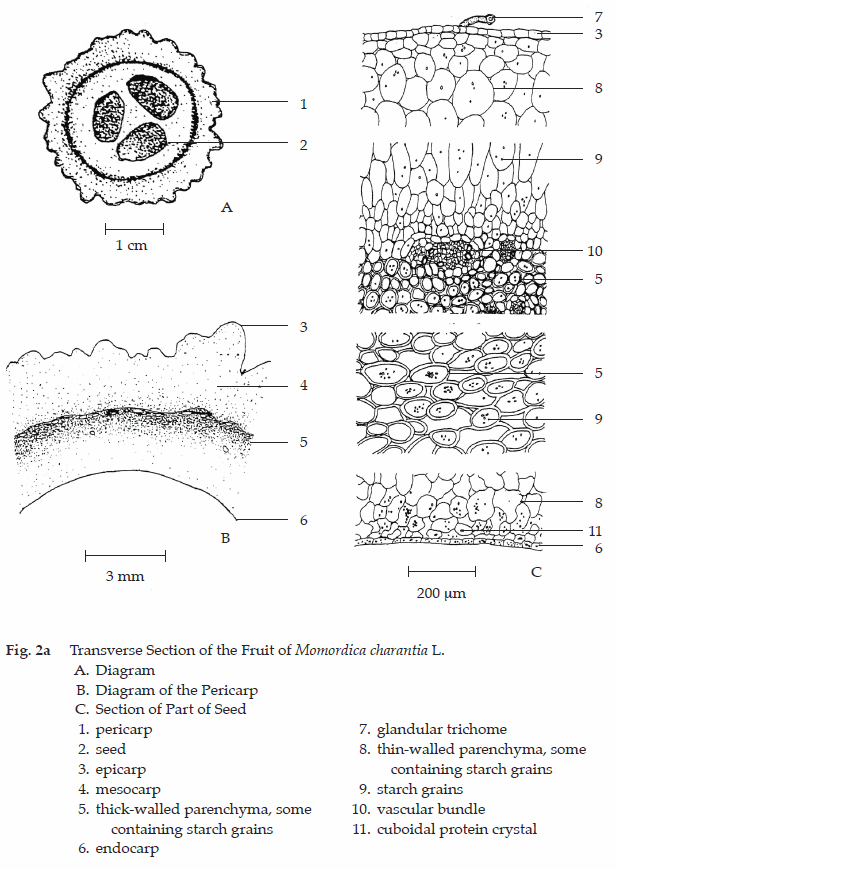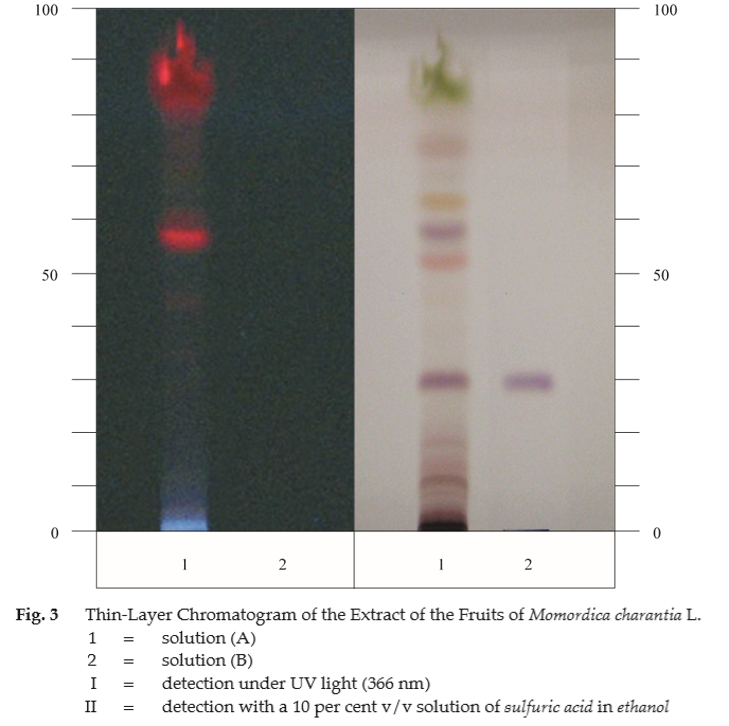ตำรามาตรฐานยาสมุนไพรไทย
Thai Herbal Pharmacopoeia
สำนักยาและวัตถุเสพติด กรมวิทยาศาสตร์การแพทย์ กระทรวงสาธารณสุข
Bureau of Drug and Narcotic, Department of Medical Sciences, Ministry of Public Health(Tinospora crispa (L.) Hook.f. & Thomson)
(Nelumbo nucifera Gaertn.)
(Centella asiatica (L.) Urb.)
(Centella Dry Extract)
(Centella Cream)
(Mesua ferrea L.)
(Piper sarmentosum Roxb.)
(Piper sarmentosum Roxb.)
(Pterocarpus santalinus L. f.)
(Santalum album L.)
(Senna tora (L.) Roxb.)
(Senna alata (L.) Roxb.)
(Senna Alata Tea)
(Piper retrofractum Vahl)
(Myristica fragrans Houtt)
(Andrographis paniculata (Burm. f.) Nees)
(Andrographis Capsules)
(Allium ascalonicum L.)
(Ocimum tenuiflorum L.)
(Curcuma longa L.)
(Turmeric Capsules)
(Turmeric Dry Extract)
(Turmeric Dry Extract Capsules)
(Arcangelisia flava (L.) Merr.)
(Curcuma sp.)
Harrisonia perforata (Blanco) Merr.
(Aristolochia pierrei Lecomte)
(Zingiber officinale Roscoe)
(Ginger Capsules)
(Ginger Tea)
(Cassia fistula L.)
(Nardostachys jatamansi (D. Don) DC.)
(Angelica sinensis (Oliv.) Diels)
Artemisia annua L.
(Ligusticum sinense Oliv. cv. Chuanxiong)
(Neopicrorhiza scrophulariiflora Pennell)
(Atractylodes lancea (Thunb.) DC.)
(Aucklandia lappa Decne)
(Terminalia chebula Retz.)
(Angelica dahurica (Hoffm.) Benth. & Hook. f. ex Franch. & Sav. var. dahurica)
(Kaempferia parviflora Wall. ex Baker)
(Hibiscus sabdariffa L.)
(Roselle Tea)
(Allium sativum L.)
(Zingiber zerumbet (L.) Sm.)
(Wurfbainia testacea (Ridl.) Škorničk.& A. D. Poulsen)
(Cannabis sativa L.)
(Myristica fragrans Houtt)
(Dracaena cochinchinensis (Lour.) S. C. Chen)
(Ficus racemosa L.)
(Hyptis suaveolens (L.) Poit.)
Clerodendrum indicum (L.) Kuntze
(Phyllanthus emblica L.)
(Citrus hystrix DC.)
(Citrus hystrix DC.)
(Areca catechu L.)
(Momordica charantia L.)
Moringa oleifera Lam.
(Aegle marmelos (L.) Corrêa)
(Solanum trilobatum L.)
(Morus alba L.)
Gynostemma pentaphyllum(Thunb.)
Makino
(Clinacanthus nutans (Burm. f.) Lindau)
(Cissus quadrangularis L.)
(Mimusops elengi L.)
(Zingiber montanum (J. König) Link. ex A. Dietr.)
(Piper betle L.)
(Capsicum annuum L.)
(Capsicum Oleoresin)
(Capsicum Gel)
(Piper nigrum L.)
(Piper nigrum L.)
(Eurycoma longifolia Jack)
(Thunbergia laurifolia Lindl.)
(Piper wallichii (Miq.) Hand.-Mazz.)
Senna garrettiana (Craib) H. S. Irwin & Barneby
(Terminalia bellirica (Gaertn.) Roxb.)
(Terminalia chebula Retz.)
(Caesalpinia bonduc (L.) H. Roxb.)
(Tarlmounia elliptica (DC.) H. Rob., S. C. Keeley, Skvaria & R. Chan)
(Hog Creeper Vine Dry Extract Capsiles)
(Hog Creeper Vine Dry Extract)
(Brachypterum scandens (Roxb.) Miq.)
(Lepidium sativum L.)
(Nigella sativa L.)
(Cuminum cyminum L.)
(Foeniculum vulgare Mill.)
(Plantago ovata Forssk.)
(Pimpinella anisum L.)
(Carum carvi L.)
(Anethum graveolens L.)
(Trachyspermum ammi (L.) Sprague)
Albizia procera (Roxb.) Benth.
(Acorus calamus L.)
(Tiliacora triandra (Colebr.) Diels)
Cyanthillium cinereum (L.) H. Rob.
(Orthosiphon aristatus (Blume) Miq.)
Murdannia loriformis (Hassk.) R. S. Rao & Kammathy
(Capparis micracantha DC.)
(Chrysopogon zizanioides (L.) Roberty)
(Cyperus rotundus L.)
(Cannabis sativa L.)
(Syzygium aromaticum (L.) Merr. & L. M. Perry)
(Boesenbergia rotunda (L.) Mansf.)
(Acanthus ebracteatus Vahl)
(Acanthus ilicifolius L.)
(Kaempferia galanga L.)
(Curcuma comosa Roxb.)
Betula alnoides Buch.-Ham. ex D. Don
Cannabis sativa L.
Carthamus tinctorius L
Mitragyna speciosa (Korth.) Havil
Mallotus repandus (Rottler) Müll. Arg
Azadirachta indica A. Juss. var. siamensis Valeton
Azadirachta indica A. Juss. var. siamensis Valeton
Punica granatum L.
Rhinacanthus nasutus (L.) Kurz
Baliospermum solanifolium (Burm.) Suresh
Curcuma aeruginosa Roxb
Boesenbergia kingii Mood & L. M. Prince
Senegalia rugata (Lam.) Britton & Rose
Acacia concinna (Willd.) DC.
Senegalia rugata (Lam.) Britton & Rose
Acacia concinna (Willd.) DC.
Senna alexandriana Mill. var. alexandriana
Cassia acutifolia Delile, Cassia angustifolia Vahl
Butea superba Roxb. ex Willd.
[Plaso superba (Roxb. ex Willd.) Kuntze, Rudolphia superba (Roxb. ex Willd.) Poir.
Pueraria candollei Graham
ex Benth. var. mirifica (Airy Shaw & Suvat.) Niyomdham
Streblus asper Lour.
Suregada multiflora (A. Juss.) Baill. (Gelonium
multiflorum A. Juss.
Thai Bitter Cucumber is the dried green mature fruit of Momordica charantia L. (M. muricata Willd.) (Family Cucurbitaceae), Herbarium Specimen Number: DMSC 5159, Crude Drug Number: DMSc 0889.
Constituents Thai Bitter Cucumber contains charantin, a mixture of sitosteryl and stigmasteryl glucosides, and bitter triterpenoids (e.g., momordicins). It also contains polypeptides (e.g., p-insulin), phenolic compounds, etc.
Description of the plant (Figs. 1a, 1b) Annual or perennial climber, monoecious, 3 to 4 m long, slender, angled, many-branched, pubescent; tendril unbranched, up to 20 cm long, slender. Leaves simple, spirally arranged, suborbicular to orbicular, 4 to 12 cm long, 2.5 to 12 cm wide, deeply palmately, 5- to 7(–9)-lobed, lobe ovate-oblong or ovate-elliptic, apex acute or obtuse, base cordate, margin crenate, mucronate or irregularly toothed, glabrous or pubescent, pellucidly dotted; petiole 1.5 to 7.5 cm long. Flower solitary, axillary, yellow; sepals 5; petals 5. Male flower peduncle 2 to 6 cm long, slender; bract green, reniform to suborbicular, 0.5 to 1.5 cm wide, apex more or less mucronate, margin subentire; receptacle cup-shaped, 2 to 4 mm long and wide; sepal ovate-elliptic (-oblong), 4 to 6 mm long, 2 to 3 mm wide, acute, pale green; petal obovate to oblong, 1 to 2 cm long, 0.3 to 1.5 cm wide, apex more or less mucronate, basal scales 2; stamens 3, filament 1.5 to 2 mm long, free, inserted in the throat of cup-shaped receptacle, anthers coherent; disc cup-shaped, about 1.5 mm in diameter. Female flower peduncle 0.5 to 5 cm long; bract 0.1 to 1 cm in diameter; sepal oblong-lanceolate, 4 to 6 mm long, 2 to 3 mm wide; petal smaller than those of male flower, 0.7 to 1.2 cm long; ovary inferior, fusiform or narrowly rostrate, ribbed, warty or papillose, long-beaked, style about 2 mm long, stigma 3-lobed, lobe bifid or notched. Fruit pendulous, fusiform or ellipsoid, 2 to 8.5 cm long, up to 3.5 cm wide, tapering towards apex, beaked, longitudinally 8- to 10-ridged, tuberculate, orange when ripe, splitting incompletely with 3-valved exposing orange pulp; fruit stalk 3.5 to 15 cm long. Seeds few to numerous, oblong, 0.8 to 1.3 cm long, 5 to 9 mm wide, flattened, sculptured, whitish or brown, embedded in reddish pulp.
Description Odour, characteristic; taste, bitter.
Macroscopical (Fig. 1a) Transverse or oblique pieces, varying in size, up to 3 cm in diameter; externally warty, greenish to brownish; internally creamy white to pale brown.
Microscopical (Figs. 2a, 2b, 2c) Transverse section of the fruit shows epicarp, mesocarp, endocarp, seed coat, and cotyledons. Epicarp, a layer of rectangular cells with stomata and glandular trichomes. Mesocarp, diffentiated in 3 zones: thin-walled parenchyma cells which increase in size from periphery towards the interior, the smaller cells near the periphery





contained most of chloroplasts, vascular bundles found at the innermost part of this zone; moderately thick-walled parenchyma cells, composed of several layers of loosely packed cells with intercellular spaces, containing numerous starch grains; and thin-walled parenchyma cells, several layers of cells containing cuboidal protein crystals and numerous starch grains. Endocarp, a layer of small thin-walled cells containing starch grains. Seed coat composed of epidermis, a layer of thin-walled cells filled with starch grains; sclerenchyma, several layers of lignified thick-walled or pitted cells containing starch grains; parenchyma, several layers of thin-walled cells. Cotyledons 2, composed of a layer of epidermis and reserved parenchyma cells which are fairly large and filled with oil globules.
Thai Bitter Cucumber in powder possesses the diagnostic microscopical characters of the unground drug. Thick-walled parenchyma cells containing starch grains; lignified thick-walled or pitted cells of sclerenchyma of seed coat; occasionally uniseriate-stalked glandular trichomes; and occasionally cuboidal protein crystals are characteristic.
Warning
1. It should not be used in nursing women and children unless recommended by a physician.
2. It should be used with caution in patients with existing liver diseases including alcoholic cirrhosis.
3. Concomitant use with oral hypoglycemic agents and insulin intake should be avoided due to hypoglycemic risks.
Additional information It is commonly used with other herbal drugs in Thai traditional herbal preparations.
Packaging and storage Thai Bitter Cucumber shall be kept in well-closed containers, protected from light, and stored in a dry place.
Identification
A. Reflux 1 g of the sample, in powder, with 10 mL of ethanol for 15 minutes and filter. Evaporate the filtrate to dryness in a porcelain dish. Add 5 drops of acetic anhydride to the residue and then slowly add 1 drop of sulfuric acid along the inner side of the dish: a purple colour develops and gradually changes to brownish black.
B. Carry out the test as described in the “Thin-Layer Chromatography” (Appendix 3.1), using silica gel GF254 as the coating substance and a mixture of 90 volumes of dichloromethane and 10 volumes of methanol as the mobile phase and allowing the solvent front to ascend 9 cm above the line of application. Apply separately to the plate as bands of 7 mm, 20 μL each of the following two solutions. Prepare solution (A) by refluxing 1 g of the sample, in powder, with 5 mL of a mixture of equal volumes of dichloromethane and methanol in a water-bath and filtering. For solution (B), dissolve 1 mg of charantin in 1 mL of a mixture of equal volumes of dichloromethane and methanol. After removal of the plate, allow it to dry in air and examine the plate under ultraviolet light (366 nm) through the cut-off filter; two red fluorescent bands are observed. Spray the plate with a 10 per cent v/v solution of sulfuric acid in ethanol and heat at 110° for 1 to 2 minutes; the chromatogram obtained from solution (A) shows a violet band (hRf value 28 to 30) corresponding to the charantin band from solution (B). Other several bands of different colours are observed (Table 1); see also Fig. 3.
Table 1 hRf Values of Components in the Extract of the Fruits of Momordica charantia L.
| Band | hRf Value | Detection | |
| UV 366 | 10 Per Cent V/V Solution of Sulfuric Acid in Ethanol |
||
| 1 2 3* 4 5 6 7 8 |
9-10 18-19 28-30 50-53 55-58 58-61 62-64 72-75 |
- - - - red light red - - |
pale violet pale violet violet pale purple violet - brownish yellow pale brown |
*charantin
Loss on drying Not more than 16.0 per cent w/w after drying at 105° to constant weight (Appendix 4.15).
Foreign matter Not more than 2.0 per cent w/w (Appendix 7.2).
Acid-insoluble ash Not more than 0.1 per cent w/w (Appendix 7.6).
Total ash Not more than 13.0 per cent w/w (Appendix 7.7).
Ethanol-soluble extractive Not less than 1.0 per cent w/w (Appendix 7.12).
Water-soluble extractive Not less than 4.5 per cent w/w (Appendix 7.12).
Dose 500 mg to 1 g three times a day.
